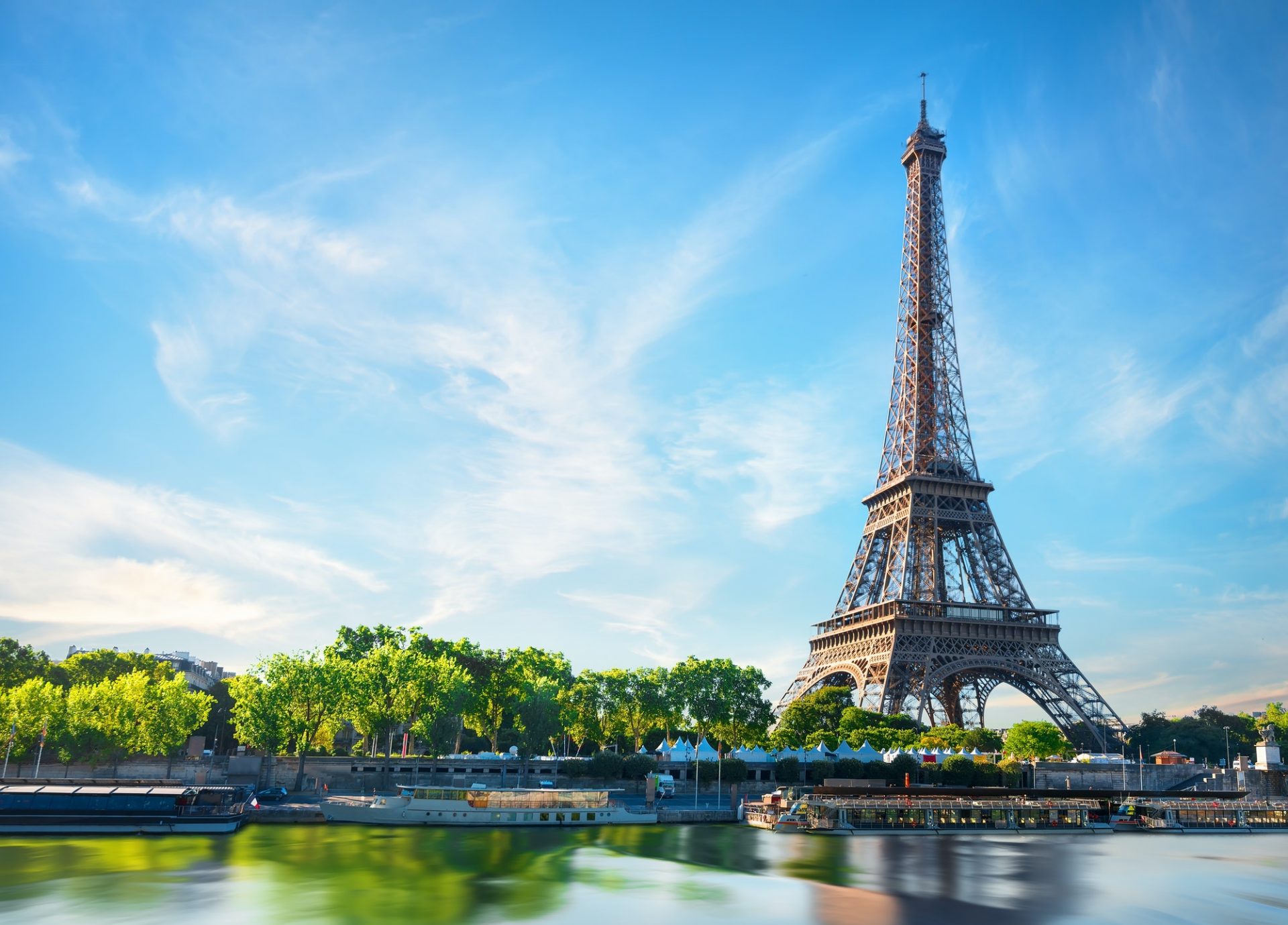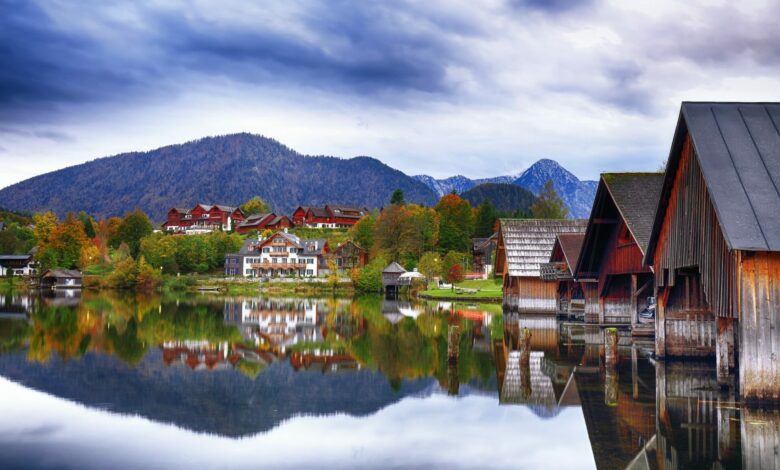
Are you planning a trip to the United States and pondering where to go first? Then, perhaps you can try looking at these beautiful, fixed bodies of water on the earth’s surface, the lakes. You can have the most memorable vacation to these delightful saline bodies with a mass of fisheries and rich history. Yes, we’re talking about the most beautiful cum biggest lakes in the US.
From the crystal-clear lakes of Nevada to the vast and expansive lakes of Minnesota, there is something for everyone. While the United States is well-known for its incredible beaches, it is also known for some of the most beautiful lakes in the world. Are you ready to get acquainted with some of the most precious and serene lakes of the US and familiar with some fun activities?
Let’s dive into the world of Lakes and their rich wildlife heritage.
Salton Sea
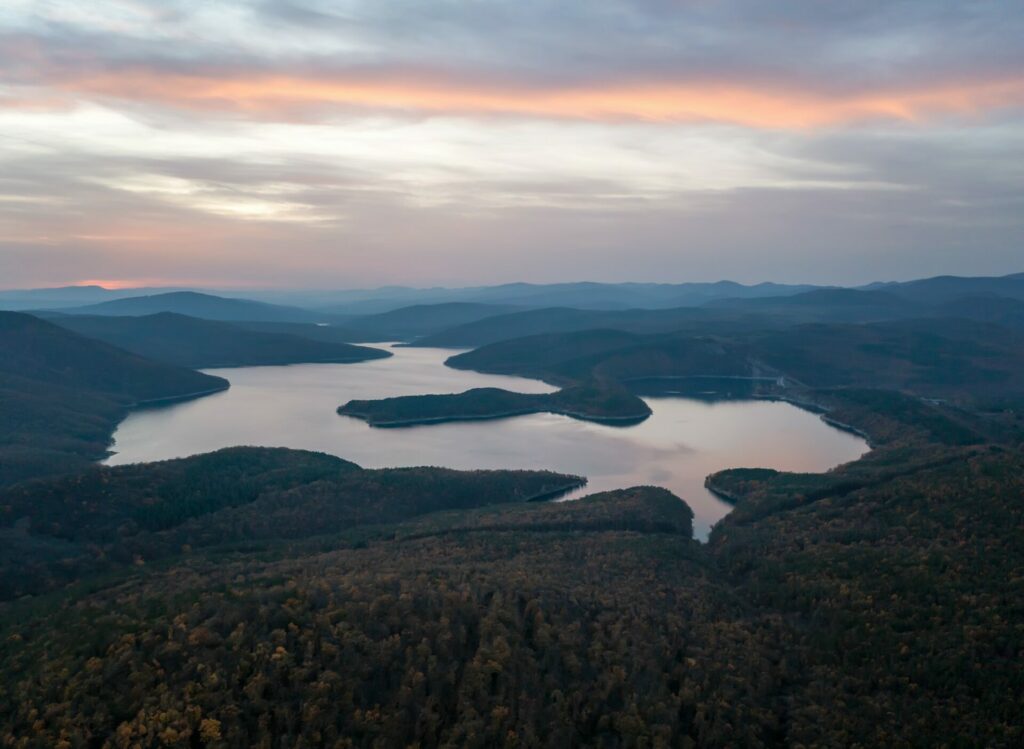
The Salton Sea is a shallow highly saline body of water in Riverside and Imperial counties at the southern end of the state of California. It is one of the most beautiful lakes in California. It lies on the San Andreas Fault within the Salton Trough, which stretches to the Gulf of California in Mexico. The Colorado River empties into the basin, creating a freshwater lake of California, and into the gulf, leaving the lake to dry and turn to desert. Wave-cut shorelines at various elevations record a repeated cycle of filling and drying over hundreds of thousands of years in Lake of California, Salton sea.
Lake Huron
Lake Huron is one of the five Great Lakes of North America. Hydrologically, it comprises the easterly portion of Lake of Michigan–Huron. It has the same altitude as Lake Michigan, to which it is connected by the 5-mile-wide, Straits of Mackinac. The name of the lake is derived from early French explorers who named it for the indigenous people they knew as Huron inhabiting the region.
The Huronian glaciation was named from evidence collected from Lake Huron region. The northern parts of the lake include the North Channel and Georgian Bay. It is renowned for its sand dunes, rugged shorelines, coastal wetlands, diverse river systems, dense forests, and impressive collection of islands. Lake Huron is the second-most prolific fish producer of all the Great Lakes. There are also many beef and dairy farms along the Bruce Peninsula on the eastern side of the lake.
Lake Pontchartrain
Lake Pontchartrain is an estuary located in southeastern lake of Louisiana. It covers an area of 630 square miles with an average depth of 12 to 14 feet. Some shipping channels are kept deeper through dredging. It is roughly oval in shape, about 40 miles from west to east and 24 miles from south to north.
The lake is crossed by the Lake Pontchartrain Causeway, the longest continuous bridge over water in the world. A power line also crosses the lake. Its towers stand on caissons in Lake Pontchartrain, and its length can be used to visually demonstrate the curvature of the Earth. Lake Pontchartrain is located about 20 minutes from the French Quarter. The main hub is located in the Lakeview neighborhood and has plenty of free public parking available.
Lake Okeechobee
Lake Okeechobee is the largest freshwater lake in the state of Florida. It is the tenth largest natural freshwater lake of Florida among the 50 states of the United States and the second-largest natural freshwater lake contained entirely within the contiguous 48 states, after Lake of Michigan. The lake provides flood protection and attracts boating and recreation enthusiasts from around the world. It is also home to sport and commercial fisheries. The lake of Florida is divided between Martin, Okeechobee, Palm Beach, Glades and Hendry counties. All five counties meet at one point near the center of the lake.
Lake Ontario
Lake Ontario is one of the five Great Lakes of North America. It is bounded on the north, west, and southwest by the Canadian province of Ontario, and on the south and east by the state of New York. The Canada–United States border spans the centre of the lake.
Its primary inlet is the Niagara River from Lake Erie. It also hosts an abundance of migratory fish species, including Canada’s largest freshwater fish, the Lake Sturgeon. Many of these species migrate between Lake of Ontario and the Atlantic Ocean to complete their life cycles. The western side of the lake is most heavily urbanized and includes Hamilton and Toronto, two major industrial centres. The US side of the lake has been less intensely farmed and urbanized.
Great Salt Lake
The Great Salt Lake is the largest saltwater lake in the Western Hemisphere and the eighth-largest terminal lake in the world. It lies in the northern part of the state of Utah and has a substantial impact upon the local climate, particularly through lake-effect snow. Lake of Utah is a remnant of Lake Bonneville. This place has two state parks close to the Salt Lake valley that offer a chance to familiarize yourself with this unique body of water. Great Salt Lake State Park and Antelope Island State Park both provide visitors with distinct ways to enjoy the lake.
Red Lake
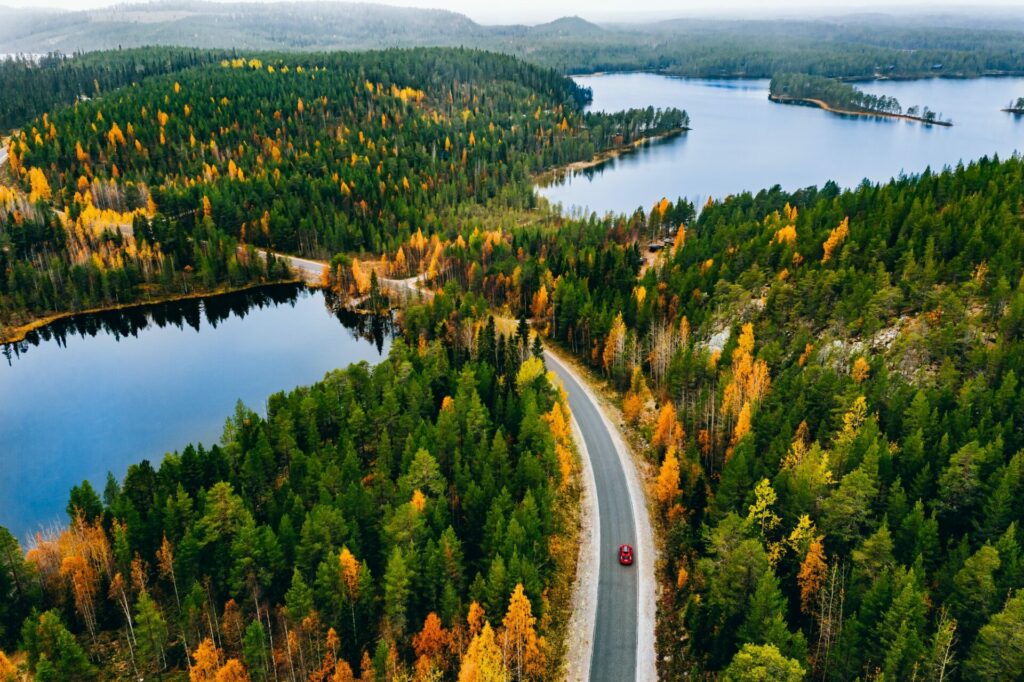
Red Lake is a lake in Beltrami County in northern Minnesota. The lake is separated into two sections by a peninsula on the eastern side that almost bisects it in the middle. It is the largest natural freshwater lake located entirely within Minnesota, and the 16th largest lake in the United States. Total size is 444 square miles, with a maximum depth of 11 m. The elevation of the lake is maintained by a dam at the outflow that is the beginning of Red Lake River, this being at the middle, western edge of Lower Red Lake. The lake of Minnesota (one of the most beautiful and biggest lakes in the US) is a popular destination for ice fishing.
Lake Oahe
Lake Oahe is a large reservoir behind Oahe Dam on the Missouri River; it begins in central South Dakota and continues north into North Dakota in the United States. Lake Oahe has a length of approximately 372 km and has a shoreline of 3,620 km. It has about 51 recreation areas. About 1.5 million people visit the reservoir every year. The lake has an area of 370,000 acres. This lake of South Dakota is ideal for water sports and fishing. In the winter, it freezes over and become a perfect area for ice fishing! Not only does the lake supply abundant recreational activities, it also provides irrigation, conservation, flood control and electric power to many Midwestern states.
Fort Peck Lake
Fort Peck Lake is a major reservoir in Montana, formed by the Fort Peck Dam on the Missouri River. The lake of Montana lies in the eastern prairie region of Montana approximately 140 miles east of Great Falls and 120 miles north of Billings, reaching into portions of six counties. The reservoir is also a tourist attraction, with 27 designated recreational sites bordering its shores. Bordering nearly the entire reservoir of Charles M. Russell National Wildlife Refuge, which has preserved much of the high prairie and hill country around the lake. This lake of Montana was featured in the film Jurassic Park III, as part of an excavation.
Devils Lake
Devils Lake is a lake in the state of North Dakota. It is the largest natural body of water and the second-largest body of water in North Dakota after Lake Sakakawea. The cities of Devils Lake take their name from the lake as does the Spirit Lake Reservation, which is located on the lake’s southern shores. The Spirit Lake Tribe occupies most of the southern shore and has been adversely affected by flooding since the 1990s. European-American settlers mistranslated the name to mean Bad Spirit Lake, or Devils Lake. The “bad” referred to the high salinity of the lake, making it unfit to drink.
Lake of the Woods
Lake of the Woods is a lake occupying parts of the Canadian provinces of Ontario and Manitoba and the state of Minnesota. The lake of Ontario is also the sixth largest freshwater lake located in the United States, after the five Great Lakes, and the 36th largest lake in the world by area. It separates a small land area of Minnesota from the rest of the United States. The lake’s islands provide nesting habitats for the piping plover and large numbers of American white pelicans and also provided calving habitat to boreal woodland caribou. There are also several hundred nesting pairs of bald eagles in this area.
Lake Powell
Lake Powell is an artificial reservoir on the Colorado River in Utah and Arizona, United States. It is a major vacation destination visited by approximately two million people every year. It is also known among the top lakes in Colorado. Lake Powell was created by the flooding of Glen Canyon by the Glen Canyon Dam.
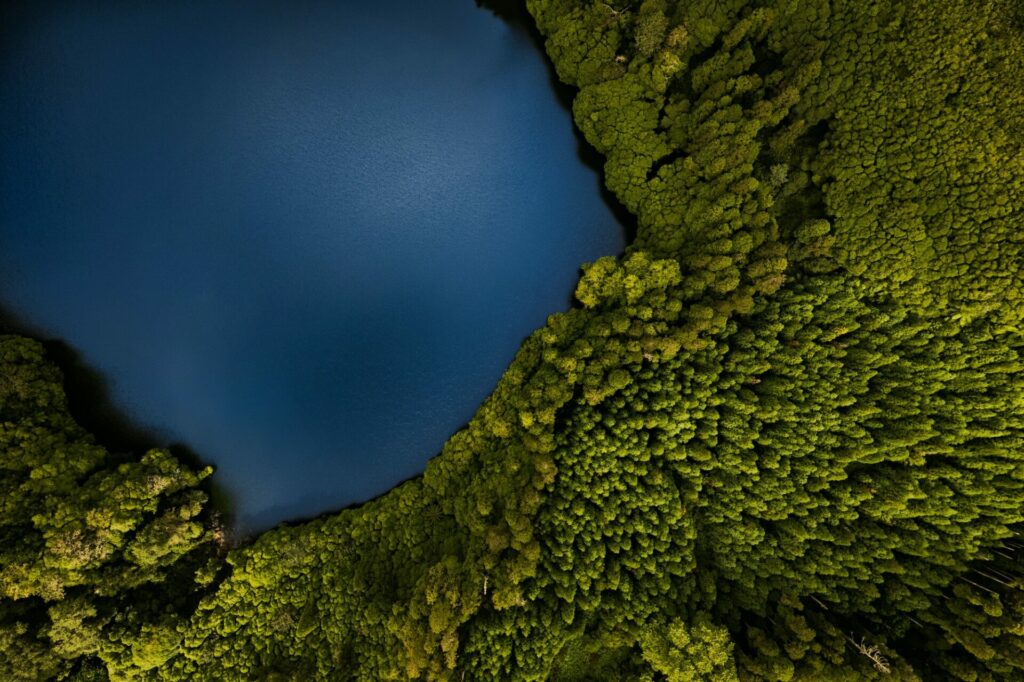
It is the second largest artificial reservoir by maximum water capacity in the United States behind Lake Mead, storing 24,322,000 acre-feet of water when full. Lake Powell is a water storage facility for the Upper Basin states of the Colorado River Compact. Lake Mead has fallen below Lake Powell in size several times during the 21st century in terms of volume of water, depth and surface area.
Pyramid Lake
Pyramid Lake is the geographic sink of the basin of the Truckee River, Nevada, United States. Pyramid Lake is fed by the Truckee River, which is mostly the outflow from Lake Tahoe. The Truckee River enters Pyramid Lake at its southern end. This lake of Nevada is an endorheic lake. It has no outlet, with water left only by evaporation, or sub-surface seepage. The salinity is approximately one-sixth that of sea water. Although clear Lake Tahoe forms the headwaters that drain to Pyramid Lake. The north and east sides of the lake of Nevada have been restricted to the public and non-Tribal members since 2011.
Lake Tahoe
Lake Tahoe is a freshwater lake in the Sierra Nevada of the Western United States, straddling the border between California and Nevada. Lake Tahoe is the largest alpine lake in North America. It the second deepest in the United States after Crater Lake in Oregon. This lake of California was formed about two million years ago as part of the Lake Tahoe Basin, and its modern extent was shaped during the ice ages.
It is known for the clarity of its water and the panorama of surrounding mountains on all sides. It is a major tourist attraction in both Nevada and California. It is home to winter sports, summer outdoor recreation, and scenery enjoyed throughout the year. Snow and ski resorts are a significant part of the area’s economy.
Lake Marion
Lake Marion is a large man-made lake in central South Carolina. It has a 315-mile shoreline and covers nearly 110,000 acres of rolling farmlands, former marshes, and river valley landscape. With territory spanning five counties, the lake is referred to as South Carolina’s inland sea.
The state fishing record for largemouth bass was set at this lake. Other fish that abound are striped bass, white perch, white bass, crappie, channel catfish, Arkansas blue catfish, and shellcrackers. There conditions vary from shallow swamps and blackwater ponds to vast open water, with a multitude of underwater structures. The area was not completely cleared when Lake of South Carolina was created. There are thousands of stumps, standing dead tree trunks, and live cypress trees.
Lake Mead
Lake Mead is a reservoir formed by Hoover Dam on the Colorado River in the Southwestern United States. It is located in the states of Nevada and Arizona, east of Las Vegas. That’s why it’s known among the prettiest lakes in Arizona. It is the largest reservoir in the US in terms of water capacity. This lake of Arizona provides water to the states of Arizona, California, and Nevada as well as some of Mexico, providing sustenance to nearly 20 million people and large areas of farmland. Lake Mead provides many types of recreation to locals and visitors, including boating, fishing, swimming, sunbathing, and water skiing. The area has many coves with rocky cliffs and sandy beaches.
Rainy Lake
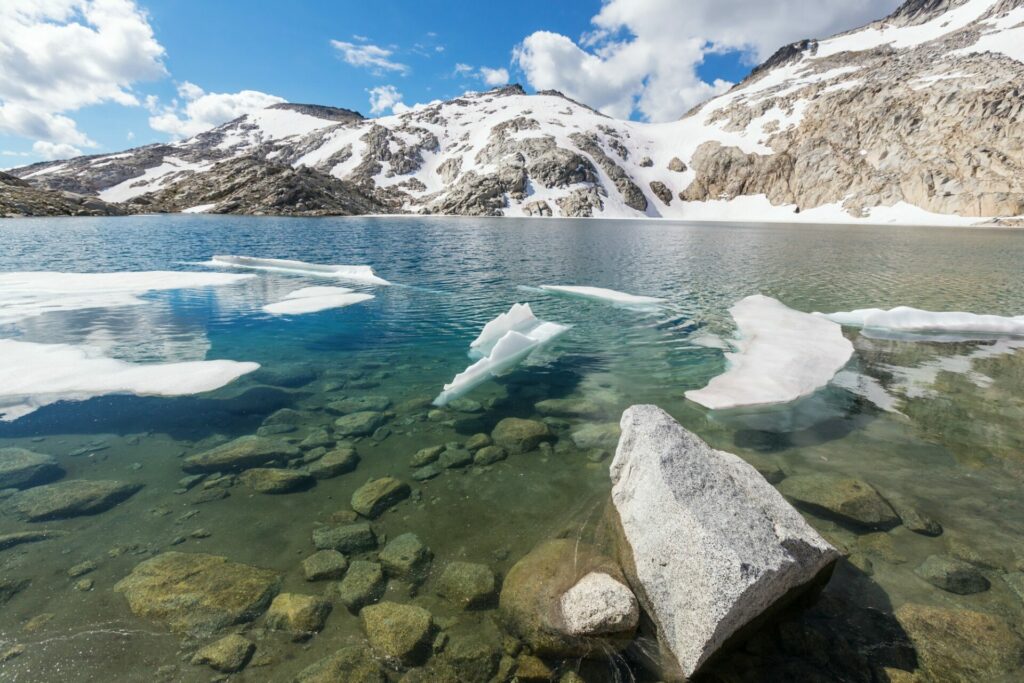
This is the Lake of Minnesota and Ontario. Rainy Lake is a freshwater lake with a surface area of 360 square miles that straddles the border between the United States and Canada. The Rainy River issues from the west side of the lake of Minnesota. The lake is popular for sport and recreational fishing of species such as walleye, northern pike, muskellunge, crappie, largemouth and smallmouth bass, which are all considered excellent freshwater game fish. Fishing tourism and guided fishing services comprise a significant sector of the local economy. Popular winter sports include ice fishing, cross-country skiing, snowshoeing, and snowmobiling.
Kentucky Lake
Kentucky Lake is a major navigable reservoir along the Tennessee River in Kentucky and Tennessee. Kentucky Lake is more than 2.5 times the next largest lake in the TVA system. This is among the biggest lakes in Tennessee; it is a desirable fishing area. Records for the largest of three species of fish ever taken in Kentucky have been white bass , Buffalo carp, and yellow perch. Asian carp are a type of invasive species that have started to accumulate in the waterways throughout Kentucky. They pose a major threat to the environmental stability of the lake because of their competition with native fish species.
Lake Winnebago
Lake Winnebago is a shallow freshwater lake in the north central United States, located in east central Wisconsin. The lake of Wisconsin has many shallow reefs along the west shore and a drop-off type shoreline on the east. There are several islands along the west shore. The river then flows northeast and empties into Green Bay and serves as part of the Fox-Wisconsin Waterway.
Lake Winnebago is part of a larger system of lakes in Wisconsin known as the Winnebago Pool. It is a popular pleasure boating area. A 1989 survey of boating intensity by the Wisconsin Department of Natural Resources ranked the Winnebago Pool as the state’s busiest inland waterway, surpassing the Mississippi River. High Cliff State Park on the lake’s northeast shore offers camping, hiking trails, views of the lake, a marina, beach, an observation tower, and picnic areas.
Lake Roosevelt
Franklin D. Roosevelt Lake (also called Lake Roosevelt) is the reservoir created in 1941 by the impoundment of the Columbia River by the Grand Coulee Dam in Washington state. It is named for Franklin D. Roosevelt, who was president during the construction of the dam. This is the eminent lake of Washington. The reservoir lies in parts of five counties in northeastern Washington; roughly in descending order of lake acreage they are Ferry, Stevens, Lincoln, Okanogan, and Grant counties. The lake of Washington is the home of the Lake Roosevelt National Recreation Area.
Closing Words on the Biggest Lakes in the US
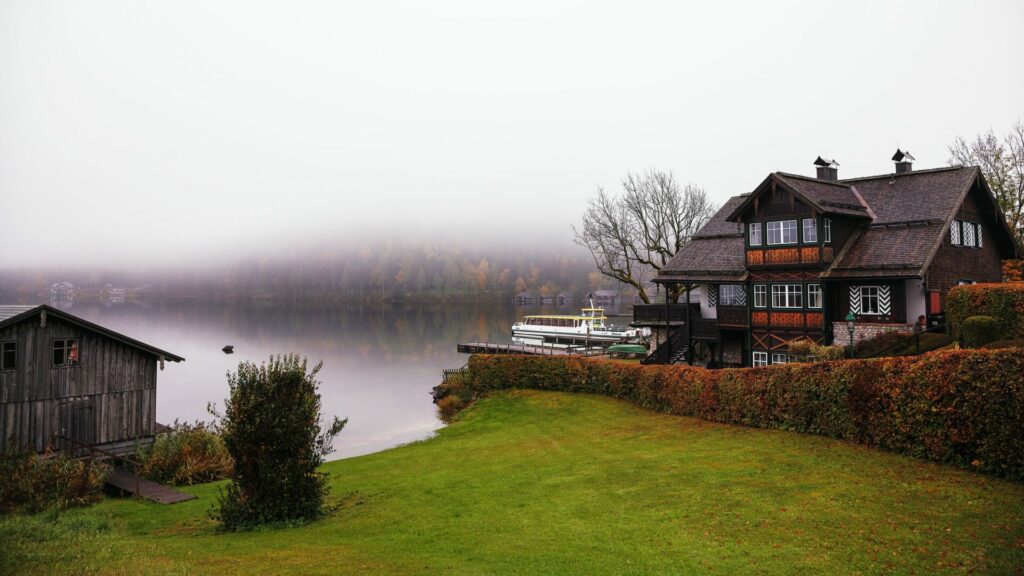
The most beautiful lakes in the US are the ones that leave a lasting impression and a sense of pleasure in the hearts of all who behold them. There is no one expert opinion for all the photographers, nature enthusiasts, and travel writers who frequently are in search of these places. Do you consider these suggestions to be ideal for you? If you are still contemplating over what to choose first? Then, here we have table of top choices for you:
| S.no. | Name | States | Area |
| 1 | Lake Huron | Michigan – Ontario | 59,570 Km2 |
| 2 | Lake Winnebago | Wisconsin | 557 Km2 |
| 3 | Lake Ontario | New York – Ontario | 19,011 Km2 |
| 4 | Great Salt Lake | Utah | 2,469 Km2 |
| 5 | Salton Sea | California | 899 Km2 |
| 6 | Kentucky Lake | Kentucky – Tennessee | 647 Km2 |
| 7 | Pyramid Lake | California – Nevada | 474 Km2 |
It’s the perfect addition for those who cherish life on the water, enabling you to savour each moment, whether you’re casting a fishing line, taking a canoe, or simply absorbing the scenery. These were the marvellous wonders of nature you would consider going, to have a peaceful time.



